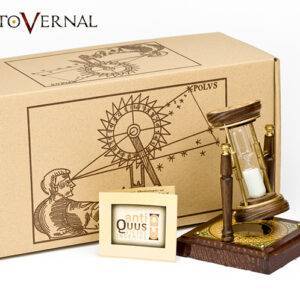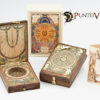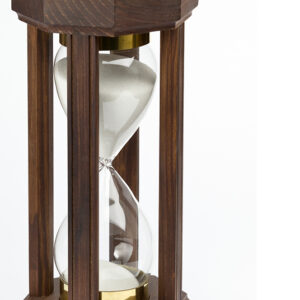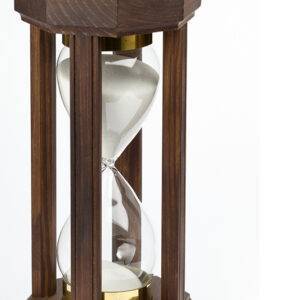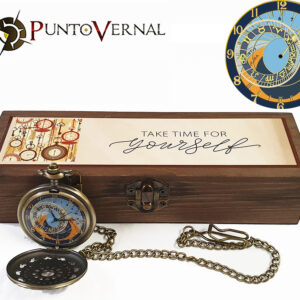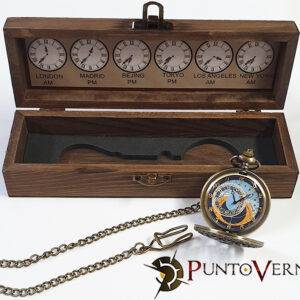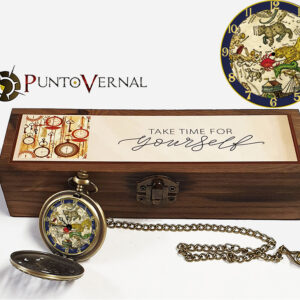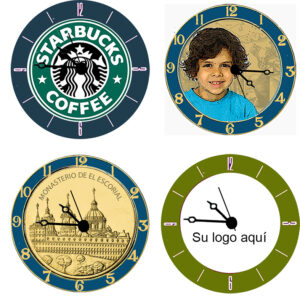ROTATING HOURGLASS
Rotating hourglass. Although it is not entirely clear, everything points to the fact that it was the monk Liutprand, who served in the cathedral of Chartres (France), who introduced the hourglass to Europe in the 8th century.
However, it was not until the 14th century that it became a common element, and the oldest evidence is the fresco ‘Allegory of Good Government’, by Ambrogio Lorenzetti (1338).
This type of rotating hourglass was widely used in navigation, initially because of its ease of performing the rotation that sailors had to make every half hour to the hourglass, in order to know, although only approximately, the latitude of the ship and then because it is equipped with a compass, essential in seamanship for the good course of the ship.
Our hourglass is a symbolic miniaturized reproduction, which is no longer intended for such use, because it only lasts one minute due to its small size, but it is a beautiful example of those instruments that were and formed part of so many discoveries across the seas, during the 15th, 16th and 17th centuries.
It is made of wood and brass and beautifully decorated with a compass rose on its base.
It is accompanied by a brief historical account of the hourglass.
Measurements:
Height: 13.5 cm
Base: 9 x 9 cm
Clock diameter: 5 cm.
VAT INCLUDED
https://en.wikipedia.org/wiki/Hourglass




